Search
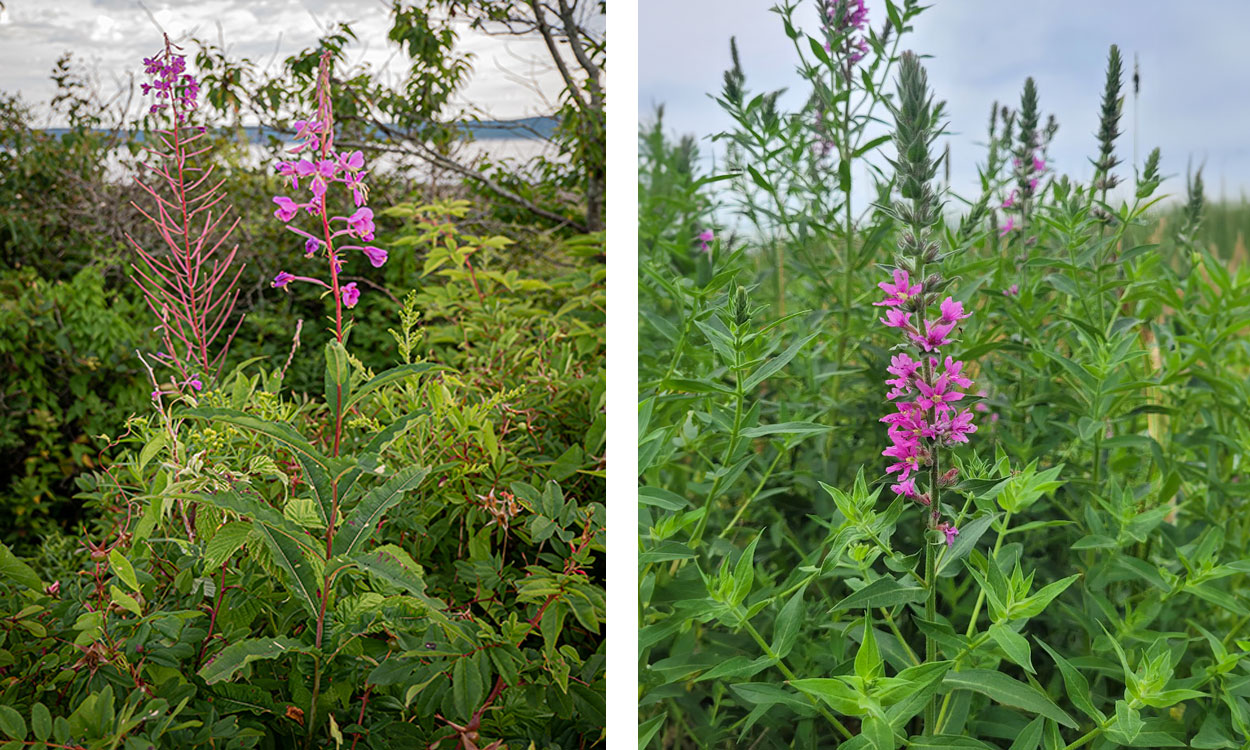
Plant Look-Alikes: What’s the Difference Between Fireweed and Purple Loosestrife?
Fireweed and purple loosestrife are often confused with one another due to their similar appearances, but the two plants have dramatically different impacts on the environment. Learn some key characteristics to help tell them apart.
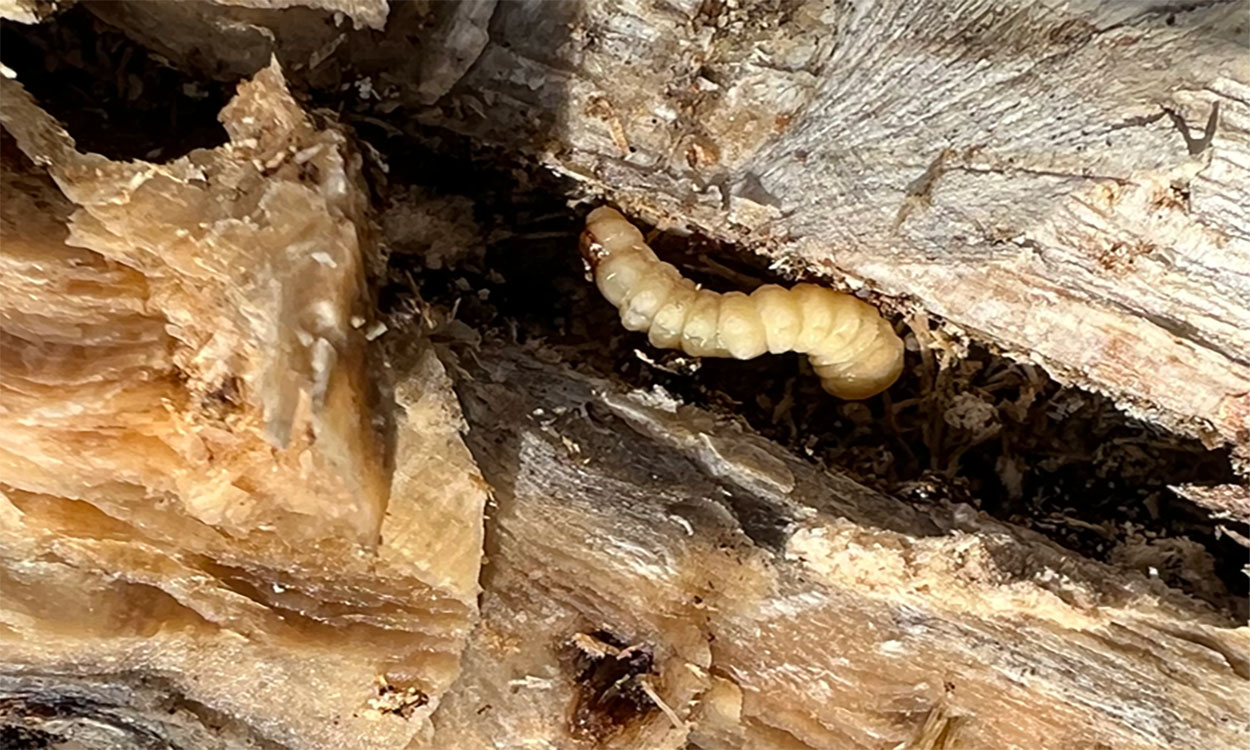
Prompt Harvest Can Reduce Lodging Caused by Dectes Stem Borer in Sunflower
If you notice an increased amount of lodging in your sunflower field, it is recommended to harvest the field as soon as possible to reduce losses from Dectes stem bore infestations.
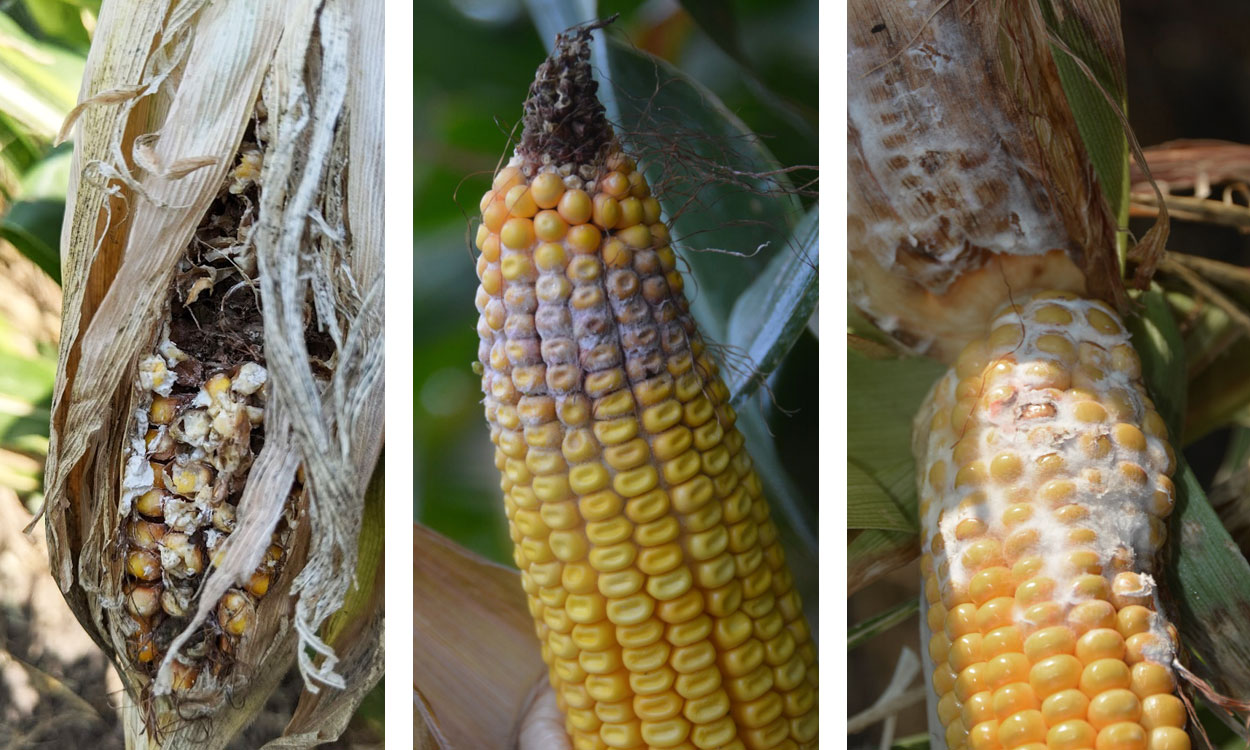
Scout for Corn Ear Rots
Several corn fields scouted in northeastern South Dakota counties were found with ear rots. Ear rots were mostly prevalent in areas that experienced hailstorms in the recent past. Ear rots in corn are caused by a few fungal pathogens, and which ear rot develops depends on the weather conditions.
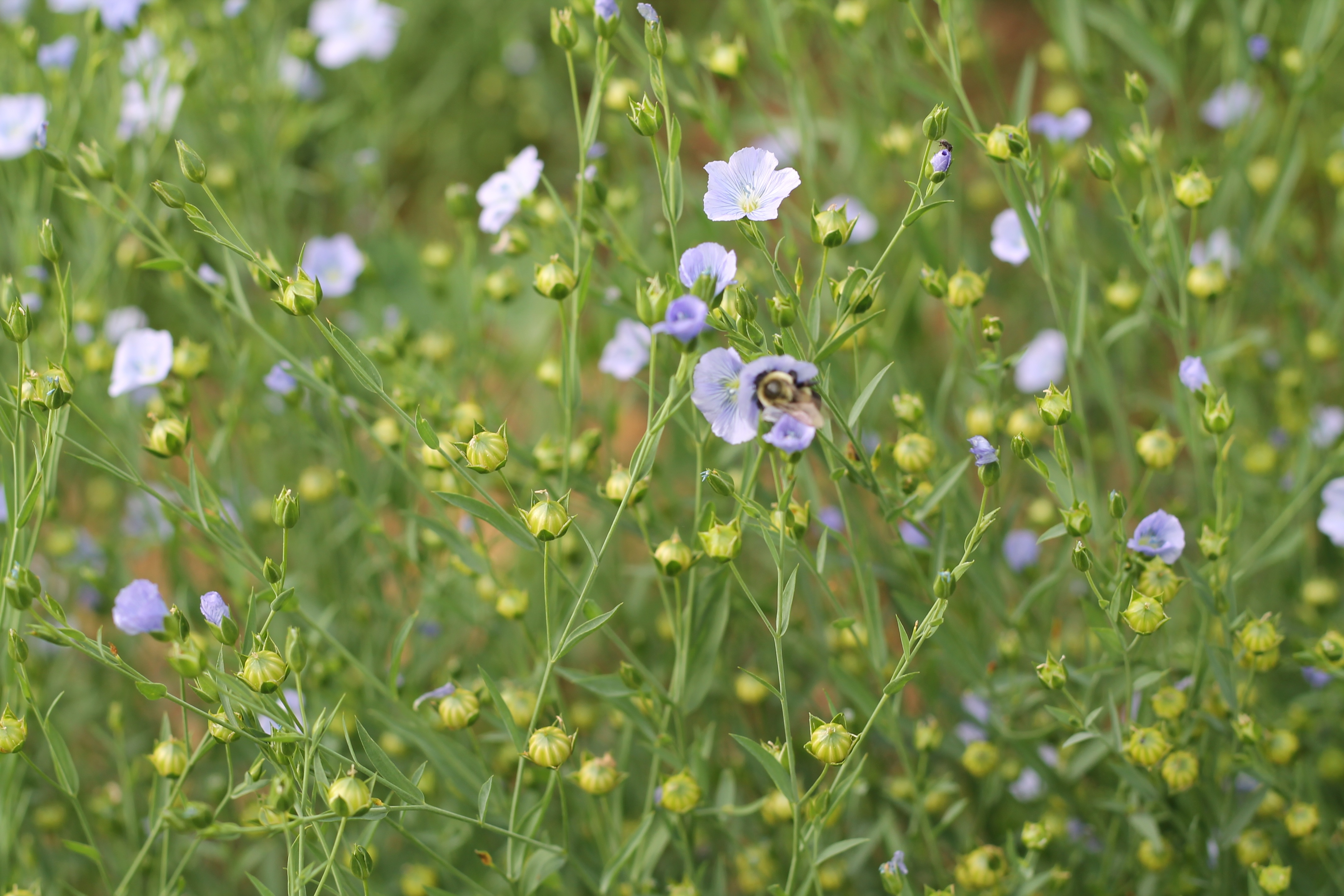
Herbicide Residual Effects on Cover Crops after Wheat
Fact sheet about herbicide residual effect on cover crops after wheat.
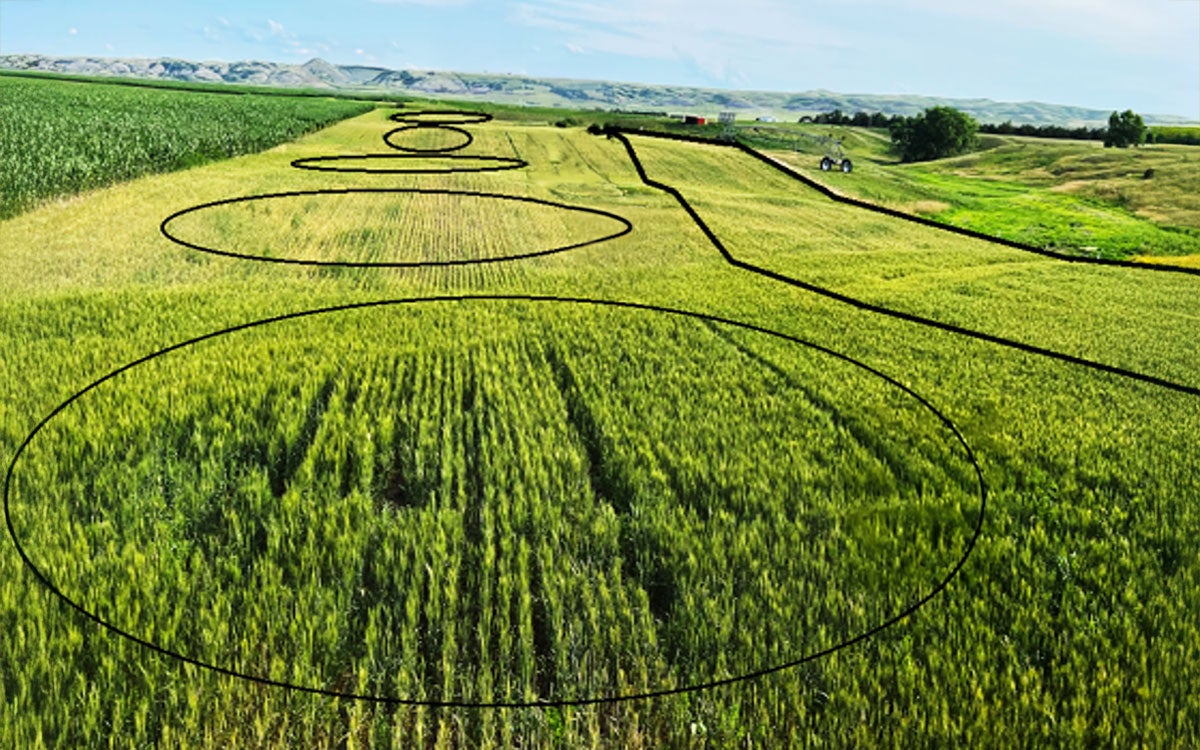
Variations in a Field and Variable Rate Technology Adoption
Field variations, including soil properties, nutrient content, and moisture levels, can significantly impact crop yield and farm profits. By understanding the specific needs of different areas, farmers can apply fertilizers, seeds, and other inputs more effectively.
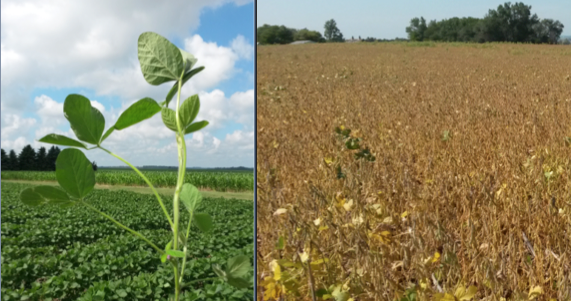
Soybean Physiology: Reproductive Stages
As soybean fields in the region are rapidly heading towards maturity, we will discuss soybean reproductive stages in this article.
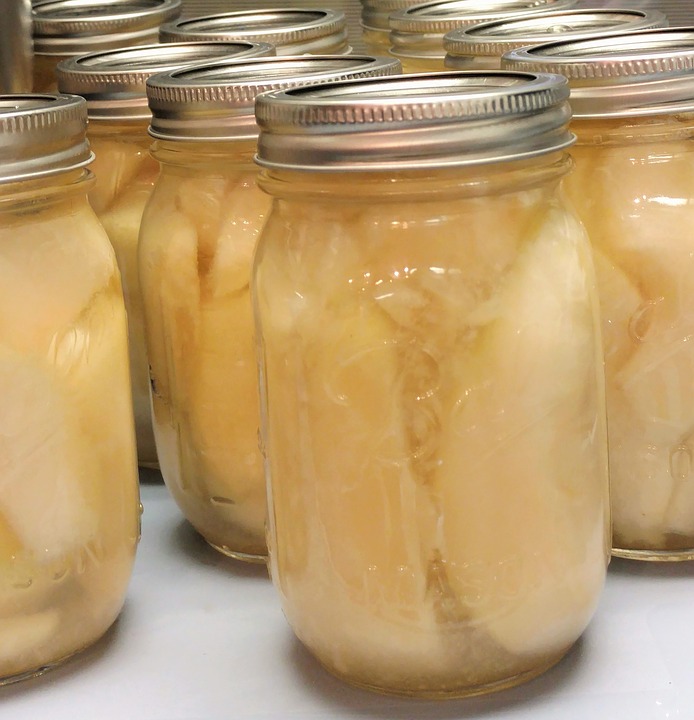
Water Bathing vs. Pressure Canning
Water bathing and pressure canning are two common ways to preserve foods by canning. These techniques use heat processing to preserve foods, and which technique you use depends on the acidity of the food.
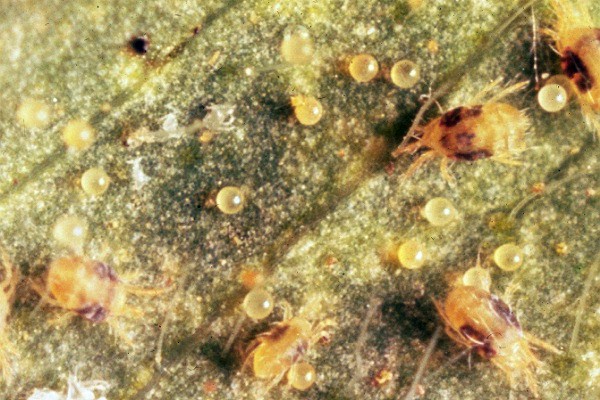
Check Your Houseplants for Pests
Houseplants are susceptible to a variety of pests. The following article outlines some of the more common household pests, including: spider mites, mealybugs, and scale. We will discuss strategies for scouting out and managing these pests to avoid prolonged damage to your houseplants.
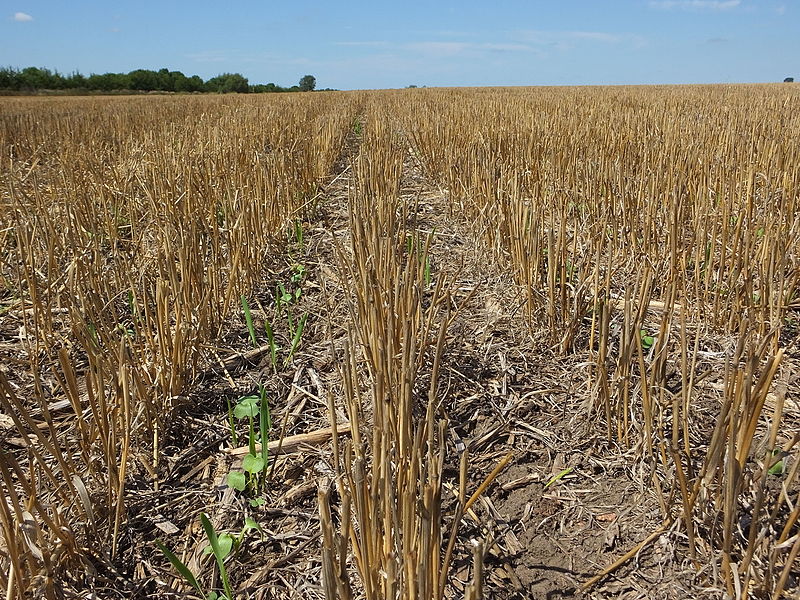
Cover Crop Adoption: Farmers’ perceived benefits & barriers
Cover crops are generally defined as crops planted between cash crops to cover and protect the soil. Some demonstrated benefits of cover crops include: reduced soil erosion, increased soil organic matter, increased biological variety, increased nitrogen supply, and weed control. Depending on the farmers’ objectives, different species of cover crops can be planted. For example, if a farmer’s main objective is to increase nitrogen supply, then legume cover crops best suited to the farm area should be selected.
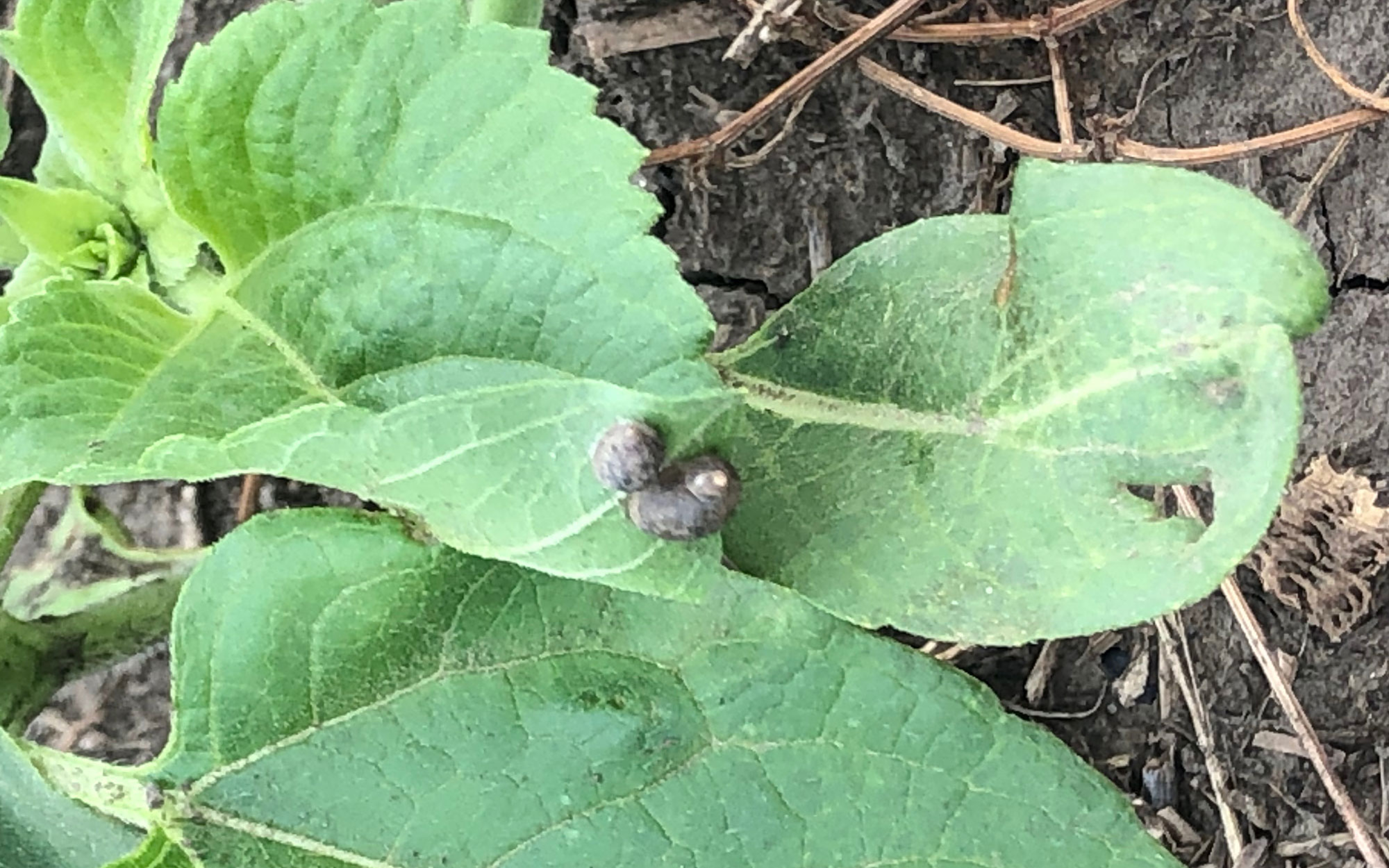
Snails Observed in South Dakota Sunflower
Last week we received reports of snail populations causing issues in South Dakota sunflower fields. Snails are normally not an issue in South Dakota crops but like their slug relatives, they can pose a threat to crops when field conditions are just right.